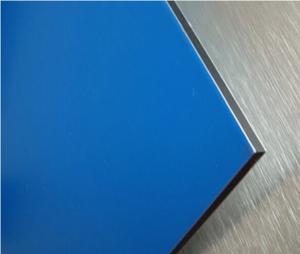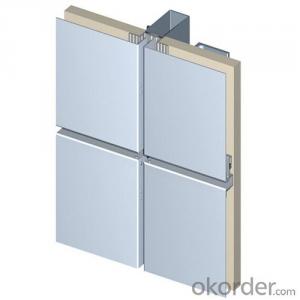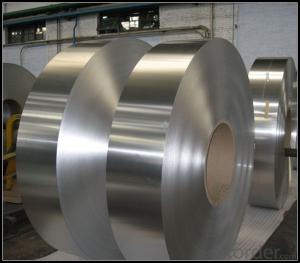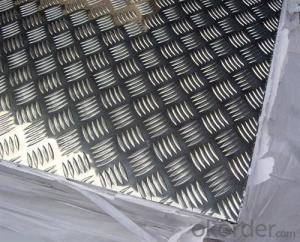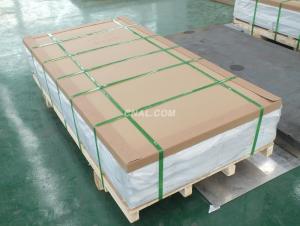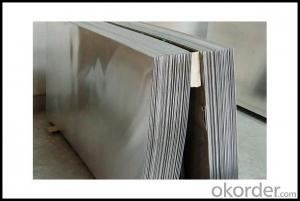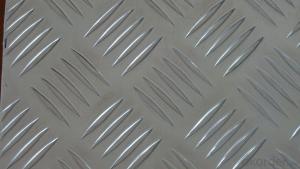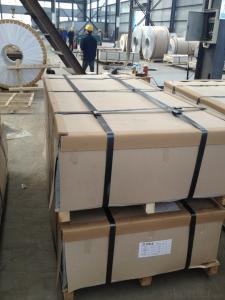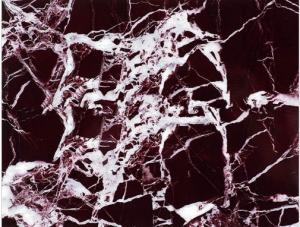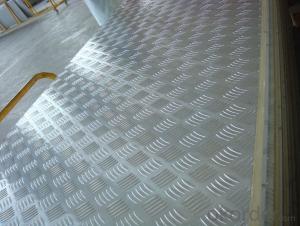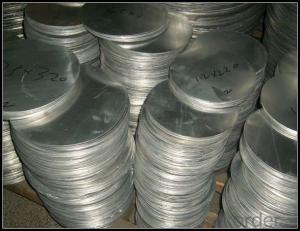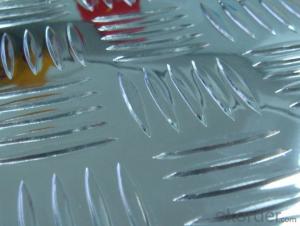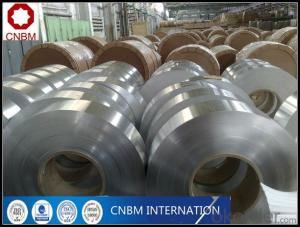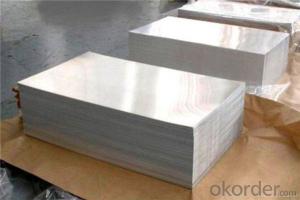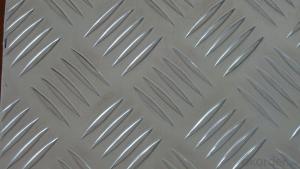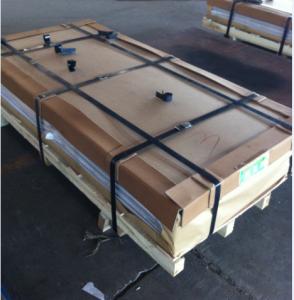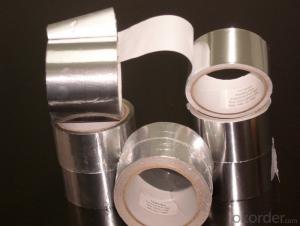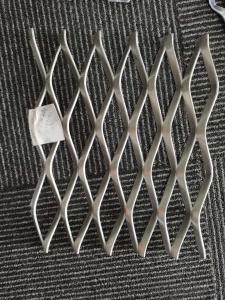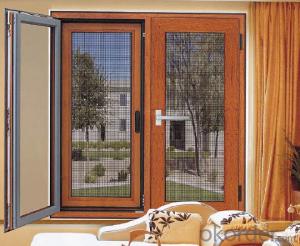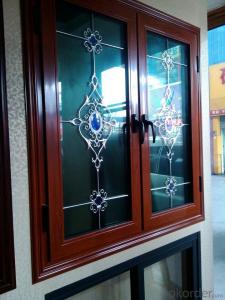3 4 Inch Aluminum Plate
3 4 Inch Aluminum Plate Related Searches
3 4 Aluminum Plate 3 4 Thick Aluminum Plate 3/4 Inch Aluminum Plate 4 Inch Aluminum Plate 1 4 Inch Aluminum Plate 3/4 Inch Thick Aluminum Plate 4 X 4 Aluminum Plate 3/4 Thick Aluminum Plate 3/4 Aluminum Plate 1 4 Aluminum Plate 1 4 Inch Thick Aluminum Plate 3 16 Inch Aluminum Plate 4 Mm Aluminum Plate 3 8 Inch Aluminum Plate 3mm Aluminum Plate 4 Aluminum Plate 1 4 Thick Aluminum Plate 1/4 Inch Aluminum Plate 4 X 8 X 1 4 Aluminum Plate 1 4 In Aluminum Plate 3 8 Inch Thick Aluminum Plate 4x4 Aluminum Plate 1 4 Inch Aluminum Diamond Plate 4' X 8' X 1/4 Aluminum Plate 3/8 Inch Aluminum Plate 3 16 Aluminum Plate 4x8 3/16 Inch Aluminum Plate 1 4 Inch Aluminum Plate Near Me 1/4 Inch Thick Aluminum Plate 3 16 Aluminum Plate3 4 Inch Aluminum Plate Supplier & Manufacturer from China
The 3/4 Inch Aluminum Plate is a versatile product that is widely used in various industries due to its durability and strength. This type of aluminum plate is known for its excellent corrosion resistance, making it suitable for both indoor and outdoor applications. It is commonly used in construction, automotive, aerospace, and marine industries, among others. The 3/4 Inch Aluminum Plate's thickness provides it with additional strength and rigidity, making it ideal for applications that require a robust material.The 3/4 Inch Aluminum Plate is often utilized in the manufacturing of structural components, such as beams, brackets, and frames, due to its high strength-to-weight ratio. It can also be found in applications where heat dissipation is crucial, such as in electronic devices and machinery. Furthermore, its non-magnetic properties make it a popular choice for use in environments where magnetic interference could be an issue. The 3/4 Inch Aluminum Plate's adaptability and versatility make it a go-to material for a wide range of applications.
Okorder.com is a reputable wholesale supplier of the 3/4 Inch Aluminum Plate, offering a vast inventory to cater to the needs of various industries. As a leading distributor, Okorder.com ensures that customers receive high-quality products at competitive prices. With a commitment to customer satisfaction, Okorder.com provides efficient shipping and excellent customer service, making it a reliable source for purchasing the 3/4 Inch Aluminum Plate.
Hot Products


